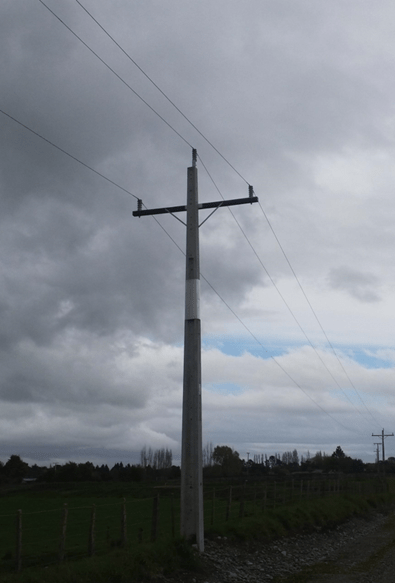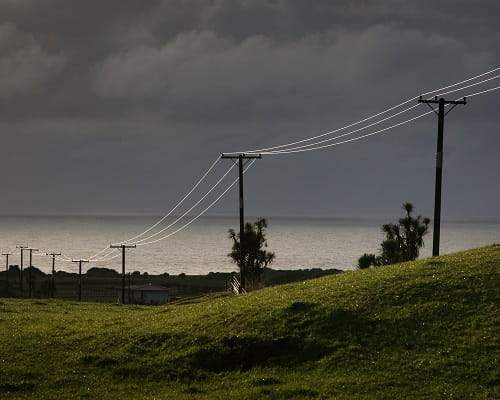Making inroads
In February 2021 we formed a cross-functional group between Powerco and Downer, our fault response service provider, to look at which parts of our network experience the highest number or duration of faults, uncover the causes, and to take action to remedy them.
With over 1,000 sections (or ‘feeders’) making up our network our focus was on the five worst-performing sections in each region.
Unsurprisingly, they were located in some of the most remote and challenging parts of our network, long distances from our substations, and across challenging terrain.
Outage causes identified included encroaching vegetation, ageing equipment, lightning, and bird strikes.
The group meet quarterly and the results have been positive.
Of the 30 worst-performing sections of the network:
- 16 are no longer in our top-100 for duration of faults, and a further 5 are no longer in our top 50-100.
- 13 are no longer in our top-20 for number of faults, and a further 8 are no longer in our top 10-20.
Here are some of the success stories.
Himitangi
A section of the long rural line to Himitangi Beach in Manawatū was identified as the eighth most outage-prone area of our network for duration of outages, and fifth most outage-prone in terms of the number of outages.
We identified a number of issues causing the outages, including end of life equipment and vegetation. In 2022 we replaced 4.7km of line, trimmed vegetation, and installed new line fault indicators to enable our teams to pinpoint the location of outages much faster.
As a result, this section of the network has only experienced three outages since 1 April 2023 (two of which were lightning strikes), compared to 34 the year prior.
Wairarapa
A section of network from Masterton down to the Ruamāhanga River was experiencing multiple outages with a variety of causes including vegetation, ageing equipment and, increasingly, bird strikes.
By replacing flat cross-arms with a triangular type of cross-arm to reduce the likelihood of birds coming into contact with the lines, as well as trimming vegetation and replacing old equipment, we reduced the number of faults from 21 in the 2022 financial year, to five since 1 April 2023.

A triangular cross arm to reduce bird strikes.
-
 Project update
Project updateThursday, July 20, 2023 We have a dedicated team made up of people from across our business called the ‘fault fast-track’ (FFT) group. During FY23, four of the worst performing feeders – Kumenga, Main Rd Motunui, Mataroa A and Coonoor went through the FFT process.View more
